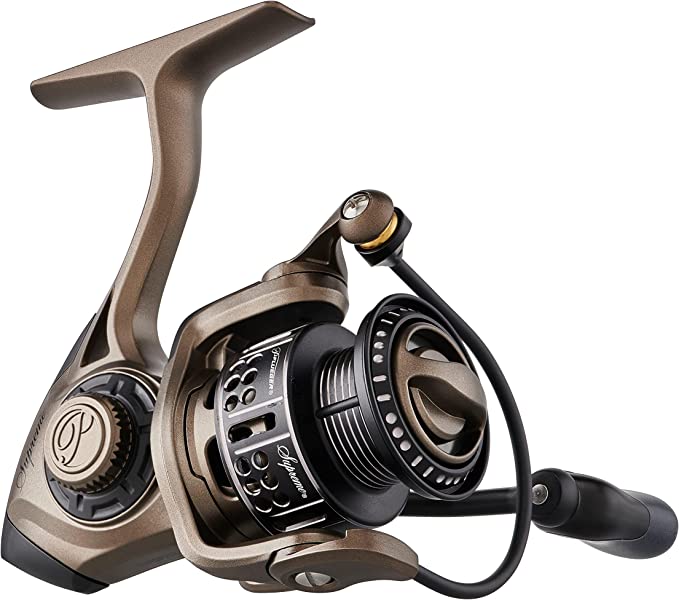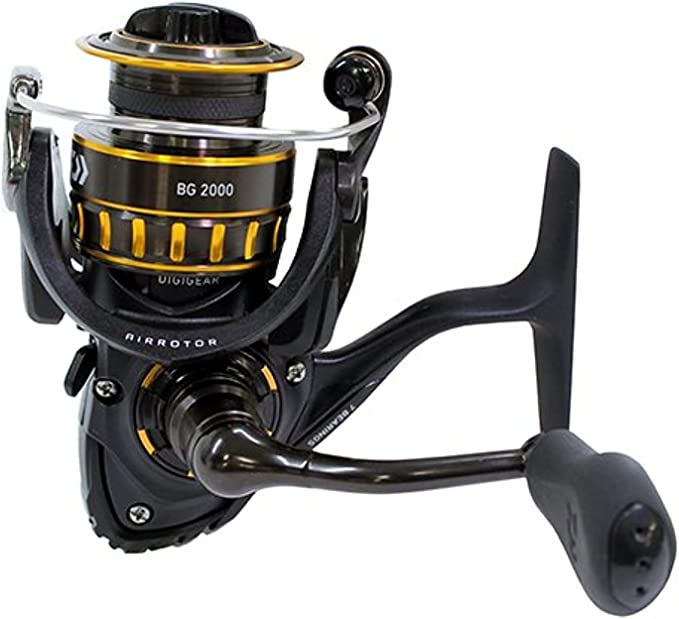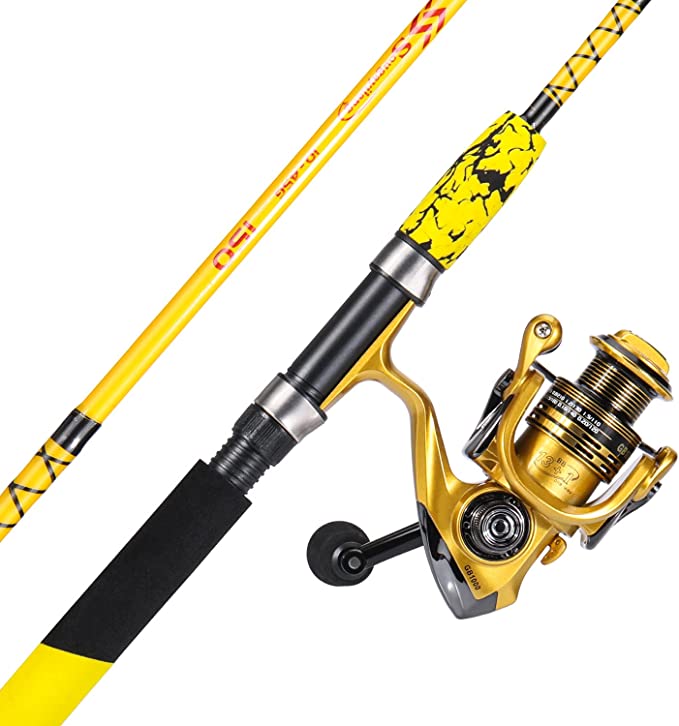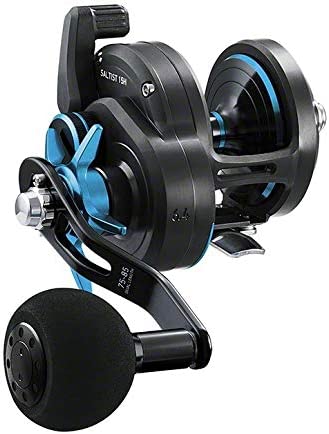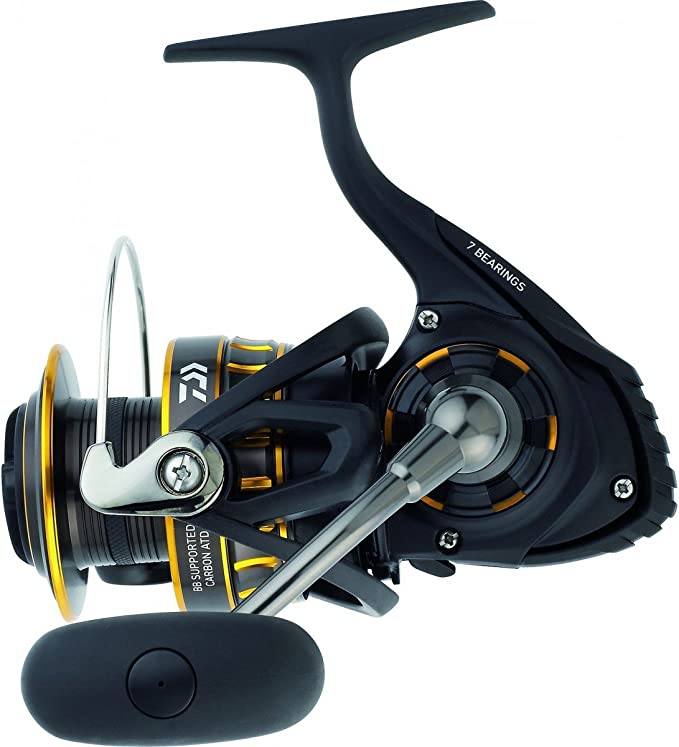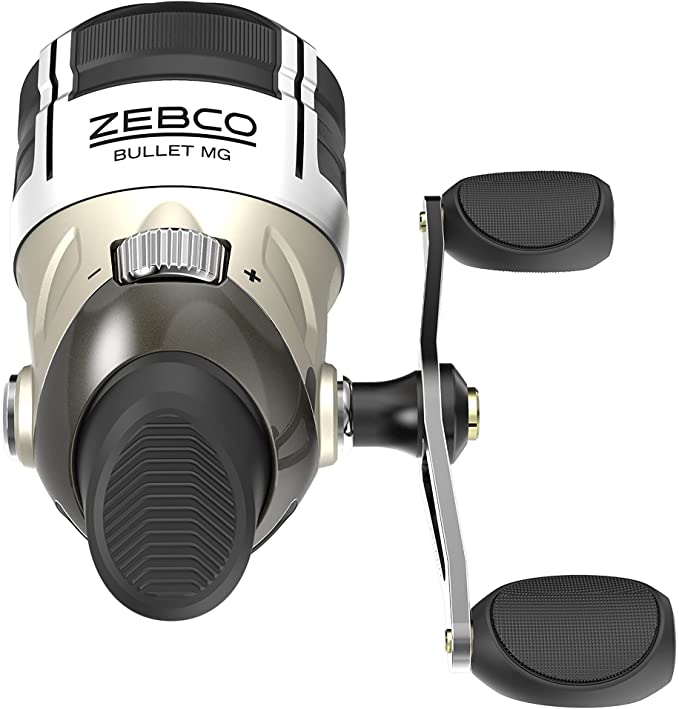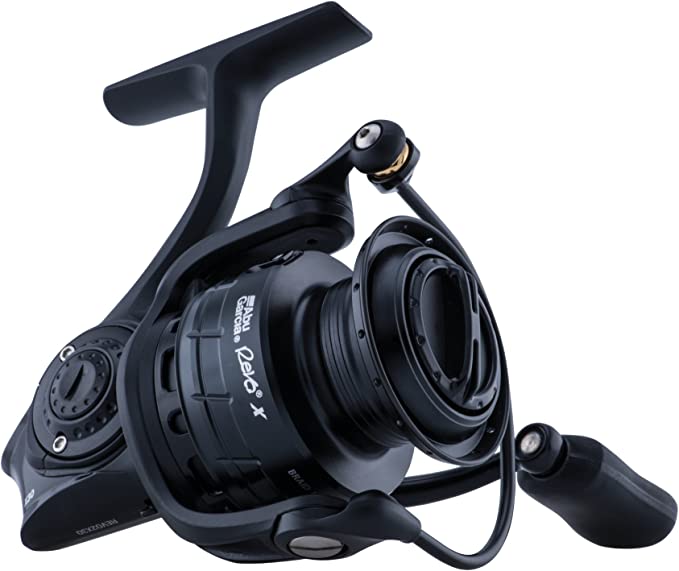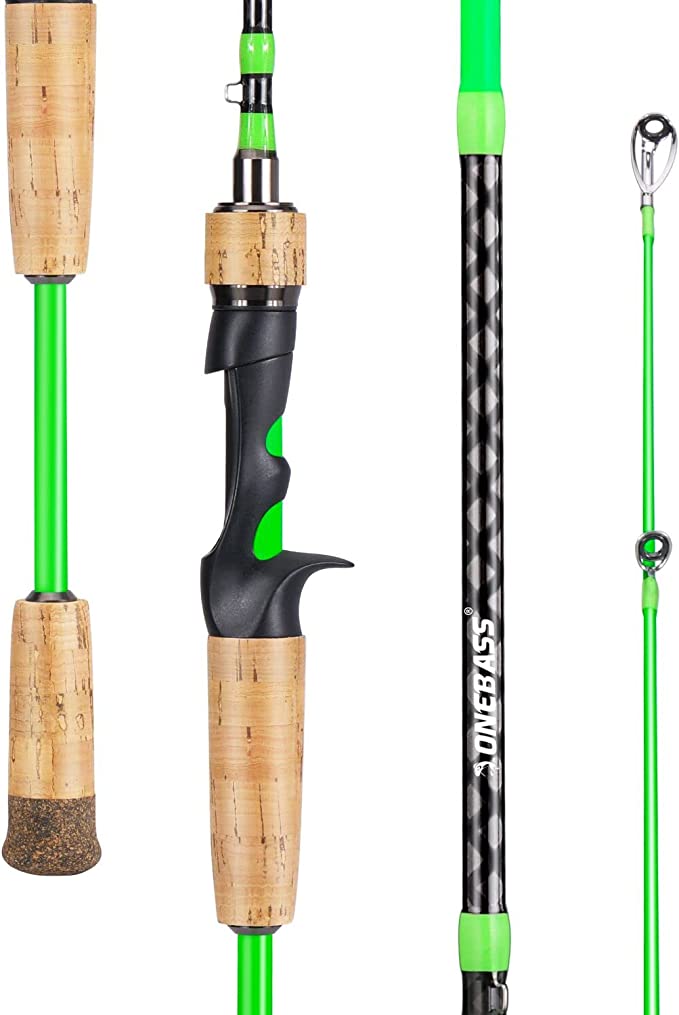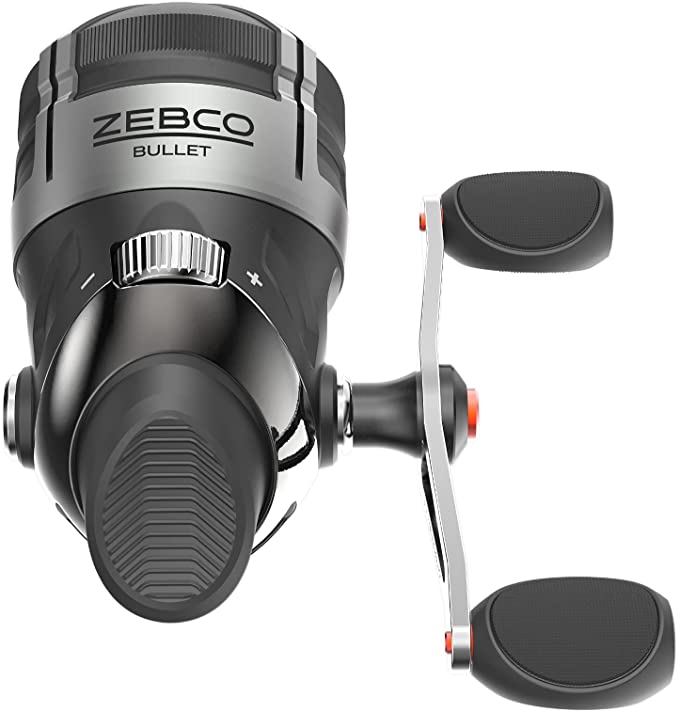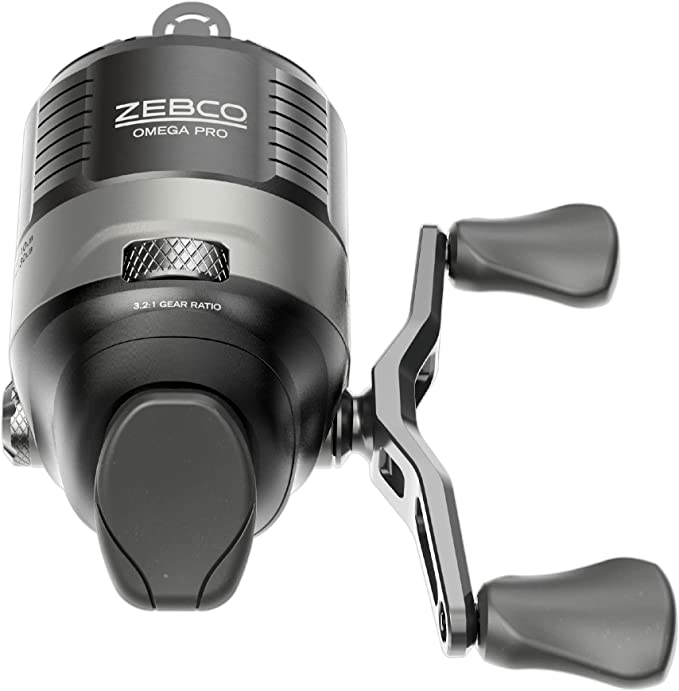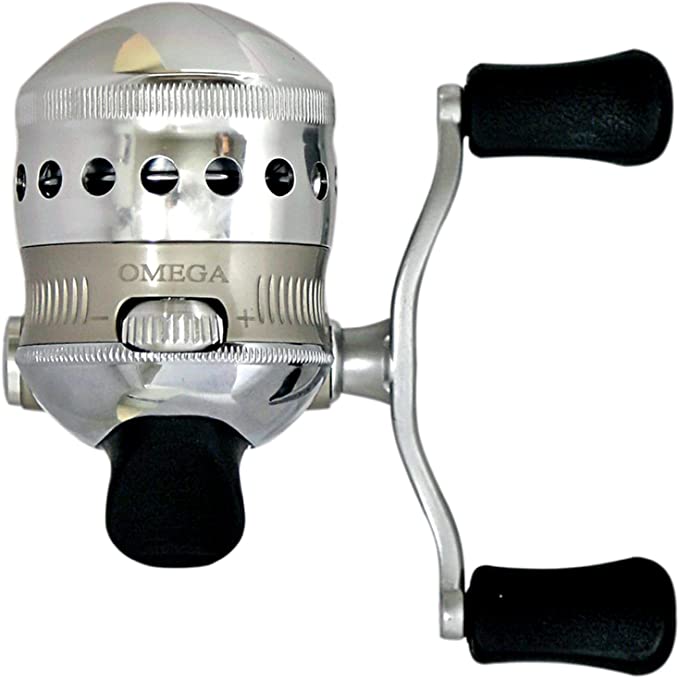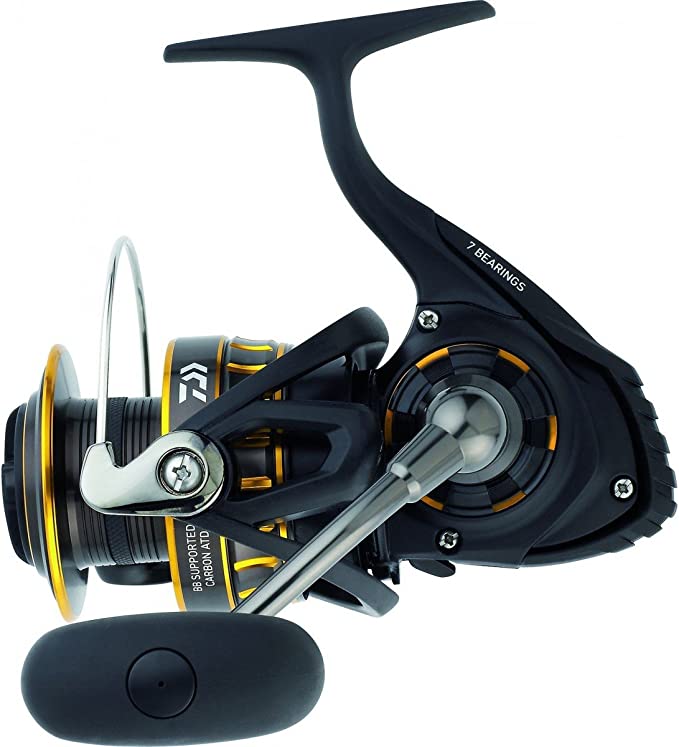Daiwa BG3000 : The Engineering Behind a Saltwater Workhorse
Update on July 31, 2025, 7:19 p.m.
There’s a critical moment in fishing that every angler knows well. It’s the split second that separates calm from chaos—the jarring strike of a powerful fish. In this instant, your gear is all that stands between you and a trophy catch. It’s here that a reel’s true character is revealed. Is it a reliable partner or a point of failure? The Daiwa BG series has earned its reputation as a true workhorse precisely for its performance in these moments, and the BG3000 model perfectly embodies this philosophy.
But what truly makes a reel a workhorse? It’s not just about marketing terms or a sleek design. It’s about purposeful engineering. We’re going to dive beneath the surface of the Daiwa BG3000, moving beyond a simple review to decode the science and mechanical principles that make it one of the most trusted spinning reels in its class.

The Foundation: A Body Built for Battle
Before examining any moving parts, we must look at the chassis that holds them together. The BG3000 features what Daiwa calls a “Hard Bodyz” frame and side cover, which are precision-machined from black anodized aluminum. This choice of material is the critical first step in the reel’s engineering story.
From a material science perspective, aluminum offers an excellent strength-to-weight ratio. It provides the rigidity needed to prevent the frame from flexing under the immense pressure of fighting a large fish. This rigidity is paramount because even a millimeter of flex can cause the internal gears to misalign, leading to increased wear, loss of power, and a rough, grinding feel.
The “anodized” part of the description is equally important, especially for anglers in saltwater environments. Anodizing is an electrochemical process that creates a thick, hard layer of aluminum oxide on the metal’s surface. This layer is exceptionally resistant to corrosion and abrasion. Unlike paint, which can chip or peel, this protective shell is integrated into the aluminum itself, providing a durable barrier against the relentless corrosive effects of salt spray.

The Engine Room: Deconstructing the Digigear System
If the aluminum body is the frame, the Digigear system is the engine. This is where the angler’s cranking motion is converted into raw, fish-fighting power. The BG3000’s performance is built on two key principles of this system: its oversized nature and its digital precision.
The term “Oversized Digigear” refers to the main drive gear, which is notably large for a reel of this size. In mechanical engineering, a larger gear provides two distinct advantages. First, it increases torque—the rotational force you apply to the fish. Think of it like using a longer wrench to turn a stubborn bolt; the larger gear provides more leverage. Second, the larger surface area and bigger teeth distribute the load more effectively, significantly enhancing durability and reducing wear over the reel’s lifespan.
The “Digigear” name itself points to the manufacturing process. These gears are digitally designed and cut using CNC (Computer Numerical Control) machining. This allows for an incredibly precise mesh between the main drive gear and the smaller pinion gear. This perfect alignment minimizes friction and eliminates the slight bumps or vibrations found in less precise systems. The result is a retrieve that feels remarkably smooth and efficient, transferring maximum power from your hand directly to the line. With a gear ratio of 5.6:1, each turn of the handle pulls in 37.4 inches of line, striking a deliberate balance between retrieval speed and cranking power.

Dynamic Control I: The Physics of the Air Rotor
A reel’s feel is not just about its cranking power; it’s also about its responsiveness. This is where Daiwa’s Air Rotor comes into play, a component that is a direct application of rotational physics.
The key concept here is the moment of inertia, which is, in simple terms, an object’s resistance to being spun. The further an object’s mass is distributed from its center of rotation, the higher its moment of inertia and the more effort it takes to start or stop it from spinning. Think of a figure skater: when they pull their arms in, they spin faster because they’ve reduced their moment of inertia.
The Air Rotor’s unique, heavily ported design does exactly that. By trimming away unnecessary material and sculpting a shape that concentrates its mass closer to the reel’s core, Daiwa significantly reduces the rotor’s rotational inertia. For the angler, this translates to a reel that feels lighter and more responsive. The rotor starts spinning with the slightest turn of the handle and stops just as quickly. This heightened sensitivity allows you to feel the subtle vibrations of your lure and detect the most tentative bites, giving you a distinct advantage on the water.
Dynamic Control II: Taming the Run with ATD Drag
You’ve set the hook, and the fish makes a blistering run. Now, the single most important system on your reel is the drag. The BG3000 is equipped with Daiwa’s ATD (Automatic Tournament Drag) system, an innovation designed to solve one of the oldest problems in drag performance.
The physics behind this problem lies in the difference between static friction (the force needed to get a stationary object moving) and kinetic friction (the force needed to keep it moving). Static friction is almost always higher. In a traditional drag system, this can cause a “sticky” or jerky startup, where the spool resists for a moment before releasing line in a lurch. This sudden jolt can be enough to snap a line or pull the hook.
The ATD system is engineered to eliminate this initial spike. It uses a proprietary drag grease with a low viscosity that, combined with carbon drag washers, minimizes the difference between static and kinetic friction. The result is an incredibly smooth and consistent line payout from the very instant the fish begins its run. There is no hesitation, no jerkiness—just a seamless transition that protects your line and keeps you in control. While the system is engineered for smoothness, it still possesses formidable stopping power, with a max drag of 15.4 lbs (approx. 7 kg), more than enough to handle the powerful runs of inshore and heavy freshwater species.

Conclusion: More Than the Sum of its Parts
Looking at the Daiwa BG3000 through an engineering lens, it becomes clear that its reputation is no accident. It is the result of a series of deliberate design choices that work together as a cohesive system.
The rigid aluminum body provides an unyielding platform for the powerful Digigear engine. The lightweight Air Rotor offers the sensitivity and control to manage the fight, while the impeccably smooth ATD drag acts as the perfect braking system, protecting the entire setup from shock and failure. The BG3000 isn’t simply a collection of impressive features; it is a masterclass in balanced, reliable engineering. Understanding the science behind why it works not only builds confidence in this particular reel but empowers you as an angler to evaluate any piece of gear with a more critical and knowledgeable eye.
